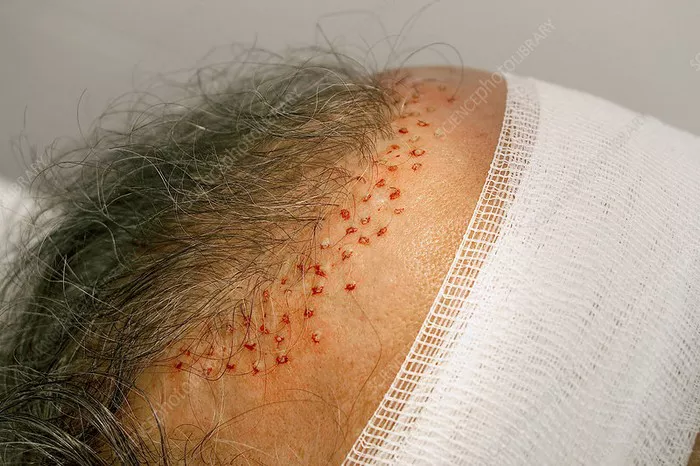Hair transplants have become a widely sought-after solution for individuals grappling with hair loss. However, like any medical procedure, hair transplants may not always yield the expected results. This article explores the various factors that can contribute to the failure of hair transplants and aims to provide insights into why some individuals may not achieve the desired outcomes.
Poor Candidate Selection:
One critical factor contributing to the failure of hair transplants is the selection of unsuitable candidates. Not everyone is an ideal candidate for this procedure. Individuals with unrealistic expectations, insufficient donor hair, or advanced stages of hair loss may not be suitable candidates. A thorough consultation with a qualified surgeon is essential to assess candidacy and manage expectations.
Lack of Skilled Surgical Expertise:
The success of a hair transplant heavily relies on the skill and expertise of the surgeon performing the procedure. Inexperienced or unqualified surgeons may not possess the necessary precision to strategically place grafts, leading to unnatural-looking results or poor graft survival. Choosing a skilled and reputable surgeon is paramount for the success of the transplant.
Insufficient Donor Hair Quality:
The quality and density of donor hair directly impact the success of a hair transplant. In some cases, individuals may have limited donor supply or hair with poor resistance to dihydrotestosterone (DHT), the hormone responsible for hair loss. A careful assessment of the donor site is crucial to ensure an adequate supply of healthy follicles for transplantation.
Inadequate Preoperative Assessment:
A comprehensive preoperative assessment is vital for a successful hair transplant. Factors such as the patient’s overall health, existing medical conditions, and the stability of the donor area should be thoroughly evaluated. Failing to address underlying health issues or neglecting a detailed assessment can compromise the success of the transplant.
Postoperative Care Neglect:
Proper postoperative care is crucial for the survival of transplanted hair follicles. Neglecting postoperative instructions, engaging in strenuous activities, or exposing the scalp to direct sunlight without protection can jeopardize graft survival. Patients must adhere to the prescribed aftercare regimen to optimize the chances of a successful outcome.
Underestimating the Natural Aging Process:
While hair transplants can provide a permanent solution for specific areas of concern, it’s essential to recognize that the natural aging process continues. Individuals may experience further hair loss or thinning in areas surrounding the transplanted hair over time. Unrealistic expectations regarding the permanence of results may lead to dissatisfaction.
Scarring and Complications:
Improper surgical techniques or inadequate wound closure can result in visible scarring, compromising the aesthetic outcome of the transplant. Complications such as infection or inflammation can also hinder the success of the procedure. Employing meticulous surgical practices and adhering to strict hygiene standards is essential in minimizing these risks.
Medical Conditions and Medications:
Certain medical conditions and medications can impact the success of a hair transplant. Conditions such as alopecia areata or scarring alopecia may affect graft survival. Additionally, medications that interfere with blood clotting or the immune system can pose challenges during the transplantation process. A thorough medical history review is crucial to identify potential contraindications.
Overharvesting and Graft Placement:
Overharvesting of donor hair can lead to a depleted donor area and compromise the overall aesthetic result. Additionally, improper graft placement, including incorrect angles or spacing, can result in an unnatural appearance. Precision in graft harvesting and placement is essential to achieve a seamless and natural-looking outcome.
Unrealistic Expectations and Communication:
Effective communication between the patient and the surgeon is vital in managing expectations. Unrealistic expectations regarding the density of transplanted hair or the ability to recreate a youthful hairline can contribute to perceived failure. Clear communication and a realistic understanding of what the procedure can achieve are essential for overall satisfaction.
See Also: Does FUE Hair After Transplant Look Natural: A Full Guide
Conclusion:
While hair transplants have proven to be an effective solution for many, understanding the potential factors contributing to failure is crucial. From candidate selection to postoperative care, each step in the process plays a significant role. Choosing a skilled surgeon, undergoing a thorough preoperative assessment, and maintaining realistic expectations are key elements in achieving successful and satisfying results. By addressing these factors, individuals considering a hair transplant can increase their chances of a positive outcome and a natural-looking restoration of their hair.


